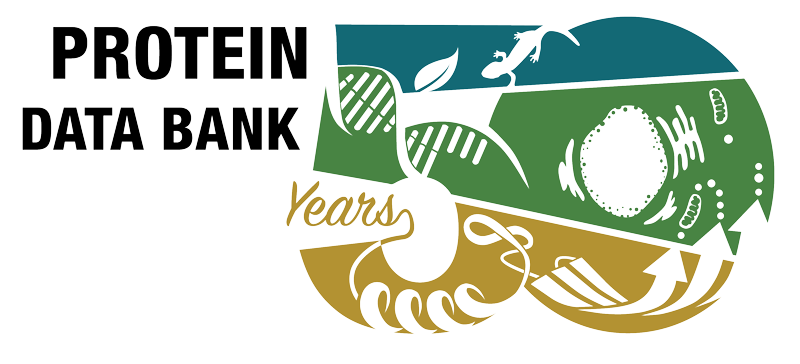Abstract
We have recently reported that CoASH is the major low-molecular weight thiol in Bacillus anthracis [Nicely, N. I. , Parsonage, D., Paige, C., Newton, G. L., Fahey, R. C., Leonardi, R., Jackowski, S., Mallett, T. C., and Claiborne, A. (2007) Biochemistry 46, 3234-3245], and we have now characterized the kinetic and redox properties of the B. anthracis coenzyme A-disulfide reductase (CoADR, BACoADR) and determined the crystal structure at 2.30 A resolution. While the Staphylococcus aureus and Borrelia burgdorferi CoADRs exhibit strong preferences for NADPH and NADH, respectively, B. anthracis CoADR can use either pyridine nucleotide equally well. Sequence elements within the respective NAD(P)H-binding motifs correctly reflect the preferences for S. aureus and Bo. burgdorferi CoADRs, but leave questions as to how BACoADR can interact with both pyridine nucleotides. The structures of the NADH and NADPH complexes at ca. 2.3 A resolution reveal that a loop consisting of residues Glu180-Thr187 becomes ordered and changes conformation on NAD(P)H binding. NADH and NADPH interact with nearly identical conformations of this loop; the latter interaction, however, involves a novel binding mode in which the 2'-phosphate of NADPH points out toward solvent. In addition, the NAD(P)H-reduced BACoADR structures provide the first view of the reduced form (Cys42-SH/CoASH) of the Cys42-SSCoA redox center. The Cys42-SH side chain adopts a new conformation in which the conserved Tyr367'-OH and Tyr425'-OH interact with the nascent thiol(ate) on the flavin si-face. Kinetic data with Y367F, Y425F, and Y367,425F BACoADR mutants indicate that Tyr425' is the primary proton donor in catalysis, with Tyr367' functioning as a cryptic alternate donor in the absence of Tyr425'.



 PMID:
PMID: 